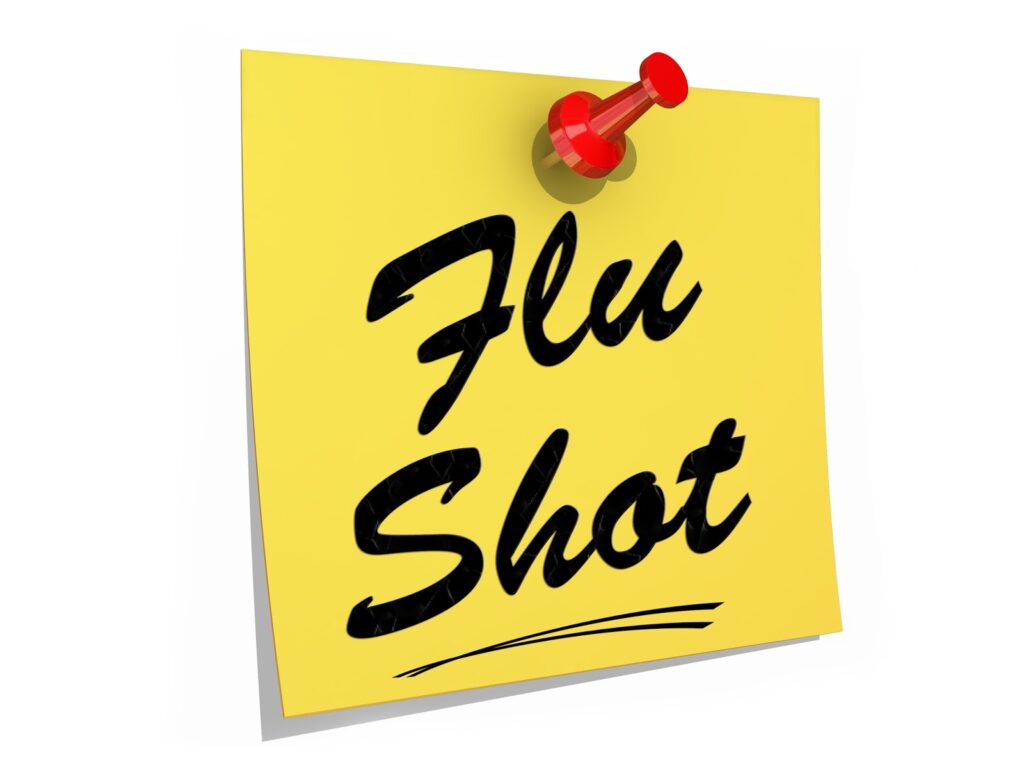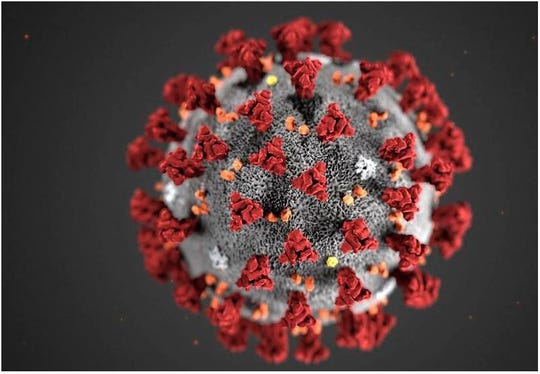People with Certain Medical Conditions
Written by COVID-19 NEWS on October 5, 2020

Summary of Recent Changes
Revisions were made on October 6, 2020 to reflect recent data supporting increased risk of severe illness from the virus that causes COVID-19 among adults with COVID-19 who have obesity, who have overweight, or who smoke or have a history of smoking. These revisions also make the document more explicit about data and implications for adults and for children. The listed underlying medical conditions in children were also revised to indicate that these conditions might increase risk to better reflect the quality of available data currently. This reflects the fact that there are less data available for children and does not imply that children are not at risk. We are learning more about COVID-19 every day, and as new information becomes available, CDC will update the information below.
Adults of any age with certain underlying medical conditions are at increased risk for severe illness from the virus that causes COVID-19:
Adults of any age with the following conditions are at increased risk of severe illness from the virus that causes COVID-19:
COVID-19 is a new disease. Currently there are limited data and information about the impact of underlying medical conditions and whether they increase the risk for severe illness from COVID-19. Based on what we know at this time, adults of any age with the following conditions might be at an increased risk for severe illness from the virus that causes COVID-19:
Want to see the evidence behind these lists?
While children have been less affected by COVID-19 compared to adults, children can be infected with the virus that causes COVID-19 and some children develop severe illness. Children with underlying medical conditions are at increased risk for severe illness compared to children without underlying medical conditions. Current evidence on which underlying medical conditions in children are associated with increased risk is limited. Children with the following conditions might be at increased risk for severe illness: obesity, medical complexity, severe genetic disorders, severe neurologic disorders, inherited metabolic disorders, congenital (since birth) heart disease, diabetes, asthma and other chronic lung disease, and immunosuppression due to malignancy or immune-weakening medications.
We do not yet know who is at increased risk for developing the rare but serious complication associated with COVID-19 in children called Multisystem Inflammatory Syndrome in Children (MIS-C), nor do we know what causes MIS-C. Learn about MIS-C.
The list of underlying conditions is meant to inform clinicians to help them provide the best care possible for patients, and to inform individuals as to what their level of risk may be so they can make individual decisions about illness prevention. We are learning more about COVID-19 every day. This list is not exhaustive and only includes conditions with sufficient evidence to draw conclusions; it is a living document that may be updated at any time, subject to potentially rapid change as the science evolves.
Reduce your risk of getting COVID-19
It is especially important for people at increased risk of severe illness from COVID-19, and those who live with them, to protect themselves from getting COVID-19.
The best way to protect yourself and to help reduce the spread of the virus that causes COVID-19 is to:
If you start feeling sick and think you may have COVID-19, get in touch with your healthcare provider within 24 hours.
Venturing out into a public setting? What to consider before you go.
As communities and businesses across the United States are opening, you may be thinking about resuming some activities, running errands, and attending events and gatherings. There is no way to ensure you have zero risk of infection, so it is important to understand the risks and know how to be as safe as possible.
People at increased risk of severe illness from COVID-19, and those who live with them, should consider their level of risk before deciding to go out and ensure they are taking steps to protect themselves. Consider avoiding activities where taking protective measures may be difficult, such as activities where social distancing can’t be maintained. Everyone should take steps to prevent getting and spreading COVID-19 to protect themselves, their communities, and people who are at increased risk of severe illness.
In general, the more people you interact with, the more closely you interact with them, and the longer that interaction, the higher your risk of getting and spreading COVID-19.
- If you decide to engage in public activities, continue to protect yourself by practicing everyday preventive actions.
- Keep these items on hand and use them when venturing out: a mask, tissues, and a hand sanitizer with at least 60% alcohol, if possible.
- If possible, avoid others who are not wearing masks or ask others around you to wear masks.
Are you considering in-person visits with family and friends? Here are some things to consider to help make your visit as safe as possible:
When to delay or cancel a visit
In general, the more people you interact with, the more closely you interact with them, and the longer that interaction, the higher the risk of COVID-19 spread. So, think about:
- How many people will you interact with?
- Can you keep 6 feet of space between you and others?
- Will you be outdoors or indoors?
- What’s the length of time that you will be interacting with people?
Encourage social distancing during your visit
- Visit with your friends and family outdoors, when possible. If this is not feasible, make sure the room or space is well-ventilated (for example, open windows or doors) and large enough to accommodate social distancing.
- Arrange tables and chairs to allow for social distancing. People from the same household can be in groups together and don’t need to be 6 feet apart from each other.
- Consider activities where social distancing can be maintained, like sidewalk chalk art or yard games.
- Try to avoid close contact with your visitors. For example, don’t shake hands, elbow bump, or hug. Instead wave and verbally greet them.
- If possible, avoid others who are not wearing masks or ask others around you to wear masks.
- Consider keeping a list of people you visited or who visited you and when the visit occurred. This will help with contact tracing if someone becomes sick.
Wear masks
- Masks should be worn over the nose and mouth. Masks are especially important when it is difficult to stay at least 6 feet apart from others or when people are indoors to help protect each other.
- Masks may slow the spread of the virus and help people who may have the virus and do not know it from transmitting it to others
- Wearing a mask helps protects others in case you’re infected, while others wear one to protect you should they be infected.
- Who should NOT use masks: Children under age 2 or anyone who has trouble breathing, is unconscious, or is incapacitated or otherwise unable to remove the mask without assistance.
Wash hands often
- Everyone should wash their hands for at least 20 seconds at the beginning and end of the visit and whenever you think your hands may have become contaminated.
- If soap and water are not readily available, such as with outdoor visits or activities, use a hand sanitizer that contains at least 60% alcohol. Cover all surfaces of your hands and rub them together until they feel dry.
- Remind guests to wash or sanitize their hands before serving or eating food.
- Use single-use hand towels or paper towels for drying hands so visitors do not share towels. Have a no-touch trash can available for guests to use.
Limit contact with commonly touched surfaces or shared items
- Encourage your visitors to bring their own food and drinks.
- Clean and disinfect commonly touched surfaces and any shared items between use.
- If you choose to use any shared items that are reusable (e.g., seating covers, tablecloths, linen napkins), wash, clean, and sanitize them after the event.
If you are thinking about participating in an event or gathering:
If you are at increased risk for severe illness, consider avoiding high-risk gatherings. The risk of COVID-19 spreading at events and gatherings increases as follows:
Lowest risk: Virtual-only activities, events, and gatherings.
More risk: Smaller outdoor and in-person gatherings in which individuals from different households remain spaced at least 6 feet apart, wear masks, do not share objects, and come from the same local area (e.g., community, town, city, or county).
Higher risk: Medium-sized in-person gatherings that are adapted to allow individuals to remain spaced at least 6 feet apart and with attendees coming from outside the local area.
Highest risk: Large in-person gatherings where it is difficult for individuals to remain spaced at least 6 feet apart and attendees travel from outside the local area.
Stay healthy during the COVID-19 pandemic
Staying healthy during the pandemic is important. Talk to your healthcare provider about whether your vaccinations and other preventive services are up to date to help prevent you from becoming ill with other diseases.
- It is particularly important for those at increased risk of severe illness, including older adults, to receive recommended vaccinations against influenza and pneumococcal disease.
- Talk with your healthcare provider about maintaining preventive services like cancer screenings during the pandemic.
- Remember the importance of staying physically active and practicing healthy habits to cope with stress.
- If you have a medical emergency, do not delay seeking emergency care.
If you have an underlying medical condition, you should continue to follow your treatment plan:
- Continue your medicines and do not change your treatment plan without talking to your healthcare provider.
- Have at least a 30-day supply of prescription and non-prescription medicines. Talk to a healthcare provider, insurer, and pharmacist about getting an extra supply (i.e., more than 30 days) of prescription medicines, if possible, to reduce your trips to the pharmacy.
- Do not delay getting emergency care for your underlying medical condition because of COVID-19. Emergency departments have contingency infection prevention plans to protect you from getting COVID-19 if you need care.
- Call your healthcare provider if you have any concerns about your underlying medical conditions or if you get sick and think that you may have COVID-19. If you need emergency help, call 911 right away.
- If you don’t have a healthcare provider, contact your nearest community health centerexternal icon or health department.
box tissue light icon
Protect Your Health This Flu Season
Getting a flu vaccine during 2020-2021 is more important than ever because of the ongoing COVID-19 pandemic. Flu vaccination is especially important for people who are at high risk from flu; many of whom are also at high risk for COVID-19 or serious outcomes.






